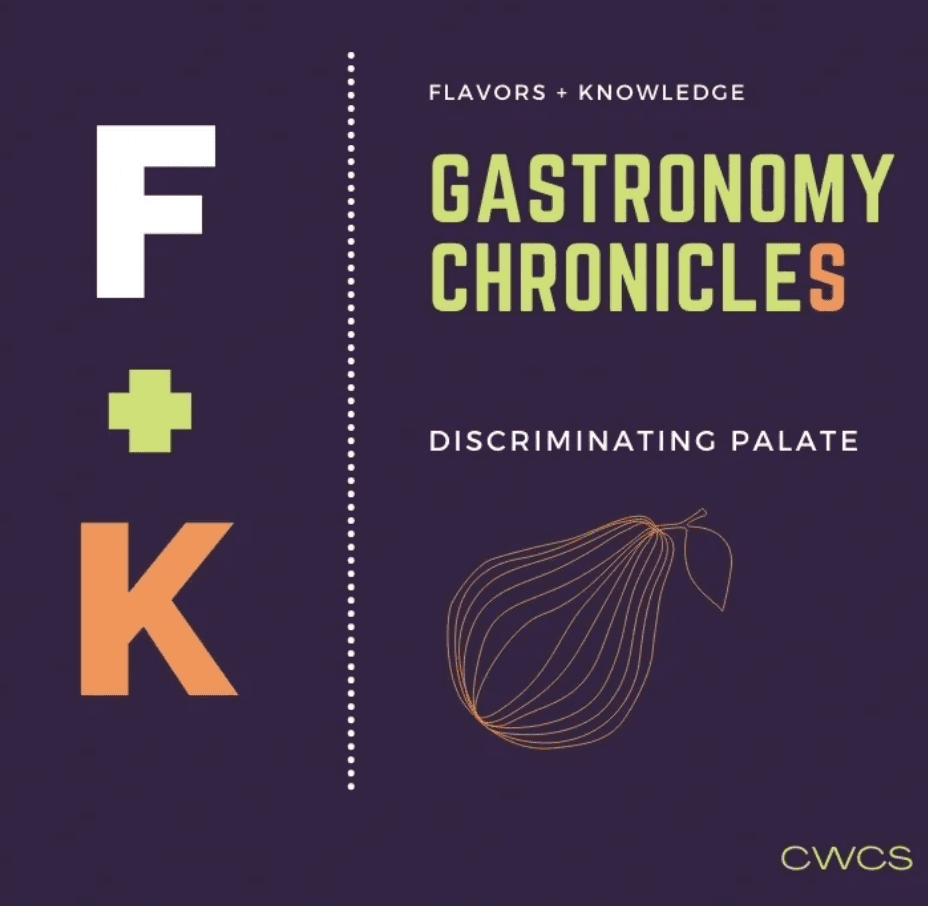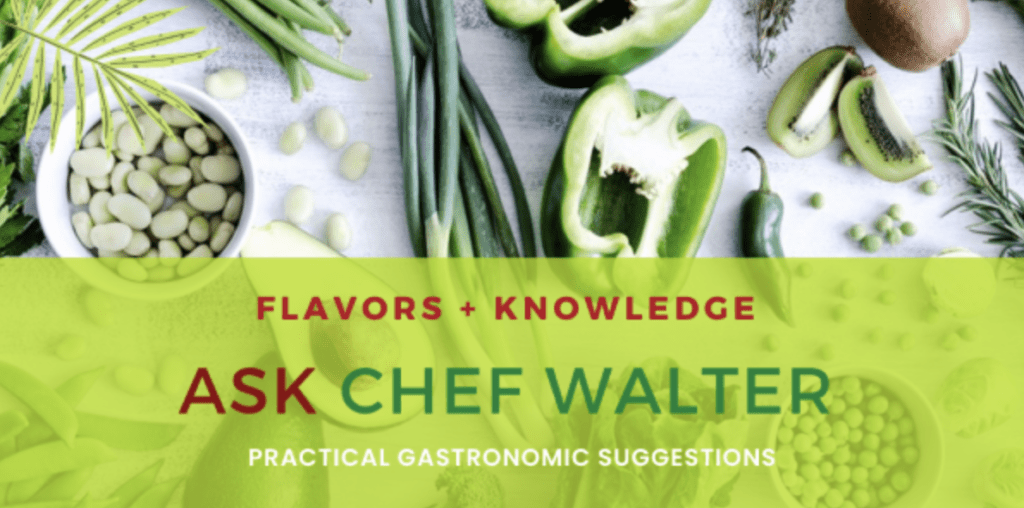Search Posts
Recent Posts
- Senior Agenda Coalition of RI pushes wealth tax to fund programs for older residents – Herb Weiss June 2, 2025
- How will Artificial Intelligence (AI) impact the future of work – Mary T. O’Sullivan June 2, 2025
- Real Estate in RI: Tiverton contemporary for $1.27M June 2, 2025
- Our Networking Pick of the Week: Coffee Hour at Provence Sur Mer, Newport June 2, 2025
- Rhode Island Weather for June 2, 2025 – Jack Donnelly June 2, 2025
Categories
Subscribe!
Thanks for subscribing! Please check your email for further instructions.

Ask Chef Walter – Walter Potenza
by Master Chef Walter Potenza
Each week Chef Walter will take your questions and provide his answers. Think about all that holiday cooking coming up – what would you like to ask?
Here is a question that came in this week to Chef Walter, and his responses:
Lauren K, from Rhode Island, asked about Fall and Winter Soups –
Hello readers:
With the onset of fall and winter, a comforting bowl of soup can be a treat to the senses. However, avoiding common mistakes that may lead to unfavorable outcomes is crucial.
This article highlights ten errors to avoid when preparing fall and winter soups.
Acknowledging that the quality of ingredients used in making soup can significantly impact the final product is crucial. Additionally, the choice of cooking vessel and heat source should be appropriate for the type of soup to ensure the flavors are adequately developed. Lastly, it is essential to balance the ingredients to avoid any one flavor from overpowering the others.
Furthermore, it is crucial to take care of the consistency of the soup, as a lumpy or watery soup can be unappetizing. Additionally, the timing of adding ingredients, such as vegetables, herbs, and spices, should be precise to ensure that the flavors are optimally developed. Also, it is important to remember that overcooking can lead to losing essential nutrients and flavors.

Finally, the presentation of the soup can significantly affect the overall experience. Therefore, it is essential to choose the right garnish, bowl, and serving temperature to enhance the visual appeal and flavor of the dish.
One of the most common mistakes in soup-making is NOT paying attention to proper prep work. It is crucial to wash, peel, chop, and measure all ingredients before cooking to save time and prevent stress. Overcooking ingredients, especially vegetables, can produce a mushy and unappetizing texture. Each ingredient has its own ideal cooking time, and it is best to add them to the pot in the correct order, starting with more challenging ingredients like root vegetables and adding delicate greens near the end to maintain their crispness and flavor.
The technique of sautéing aromatics in oil or butter before adding liquid can enhance the soup’s flavor. This step facilitates the release of the essential oils present within these ingredients, thereby intensifying the overall taste of the soup. The cornerstone of most soups is the broth or stock; using a low-quality or bland variant can lead to unsatisfactory outcomes. Employing high-quality commercial options or preparing homemade stock is recommended to ensure optimal results. Infusing the broth with herbs or vegetables is another viable approach to heightening the soup’s flavor profile.

Seasoning is crucial in soup-making, but it is vital to note that adding too much salt or other seasonings early on can lead to an overly salty or unbalanced final product. It is best to start with minimal seasoning and adjust as you go, tasting the soup periodically to achieve the perfect balance. To create a complex and flavorful soup, build layers of taste by adding ingredients at different stages of cooking. For instance, adding fresh herbs or spices near the end of the cooking process can intensify their flavors and aromas.
Texture is a critical aspect of soup, and it is crucial to incorporate pureed and chunky components to satisfy different preferences. Pureeing a portion of the soup and combining it with the chunky parts can create a harmonious texture. Overcrowding the pot with too many ingredients can result in uneven cooking and dilution of flavors. Therefore, ensuring enough space in your pot for all ingredients to cook appropriately and mingle is essential.
Garnishes can take your soup to the next level. Adding fresh herbs, grated cheese, croutons, or a dollop of sour cream enhances the presentation and flavor of the soup. Patience is a virtue when it comes to soup-making. Rushing the cooking process can lead to undercooked or unevenly cooked ingredients. Therefore, giving the soup enough time to simmer and develop its full flavor is best.
In conclusion, dear readers, fall and winter soups can provide a delightful way to warm up during the colder months. Avoiding the common mistakes mentioned above when making soups will help ensure your creations are delicious and deeply satisfying. You can create soups that your colleagues and friends will cherish throughout the season with proper prep, attention to texture and flavor, and patience.
http://www.chefwalterscookingschool.com/
https://flavorsandknowledge.com/podcast
Ask Chef Walter! Send your Questions this week to:
walterpotenza@substack.com and news@rinewstoday.com!
And look for Chef’s response next week in the Sunday column, “Ask Chef Walter…”
___
Follow Chef Walter’s newsletter – FLAVORS + KNOWLEDGE – to read other articles and features. https://walterpotenza.substack.com/
___

Meet Chef Walter!
There is a constant, recognizable thread in the career of Walter Potenza to elevate the level of Italian culinary culture in the United States. Besides his unquestionable culinary talent and winning business perspective, Chef Walter has been a relentless educator with passion and knowledge who defeats stereotypes. His life, career, and values are a model, an example to follow by any chef of Italian gastronomy working outside Italy.
Chef Walter appears regularly on National and International Networks such as Food Network, ABC, CBS, NBC, RAI, FOX, and Publications such as NY. Times, Washington Post, Wall Street Journal, Food & Wine, Saveur, Gourmet, and several Italian media outlets. And now – RINewsToday!
Travel with Chef Walter!




Thank you for some great advice. I look forward to your writing about specific group of soups like pasta or vegetable. Now, that’s a topic I need to know more about.